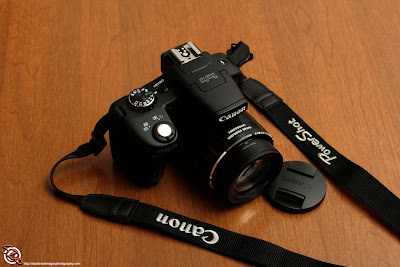 |
| Canon Speedlite 430EX-II |
The 430EX-II is the workhorse for the Canon Speedlite line. Designed to work both mounted to the camera's hot shoe or as a slave fired remotely the 430EX-II brings both power and portability to your lighting needs in a compact and economical package.
The 430EX-II offers full manual control and E-TTL II functionality. In E-TTL II the flash output can be adjusted through the exposure compensation menu and can be adjusted in 1/3rd stop intervals plus or minus 3 stops. In Manuel mode the flash output can be adjusted from full to 1/64th power output in 1/3rd stop intervals. On full power the flash is approximately equal at 6 feet to full sun. This allows the flash to provide adequate fill on bright days or fired in groups to provide enough light to overpower the sun.
The 430EX-II can operate as a slave controlled by EOS compatible cameras like the 60D and 7D with the pop-up flash or through the Canon wireless system controlled by a 600EX-RT, a 580EX-II or an ST-E2 controller. The 430EX-II can operate on one of 4 channels allowing multiple shooters to use the same system without interference and supports three different flash groups allowing the photographer to control a 3 point lighting system from the master unit. The flash can function from 14mm to 105mm of output angle and adjusts automatically to cameras with APS-C sensors. this along with supporting second curtain and hi-speed sync the 430EX-II provides the photographer with a lot of flexibility.
A couple of draw backs, the second curtain flash option is only available when the flash is directly attached to the hot shoe. The menu while similar to both the 580EX-II and the 600EX-RT is not identical to either and of the three is the one I find the most confusing. The easiest work around is to control all of the flashes through the camera menu. This of course requires a compatible camera, most of the current EOS and Rebel lines do support this. The other draw back to this flash, unless you mount the flash in the hot shoe the only way to control flash out put angle is on the flash itself. So while it is possible to control multiple flash groups from the camera some functions still have to be adjusted at each unit.
All in all the flash does exactly what it is designed to do, provide powerful flexible lighting in a compact affordable package. It's ability to work both from the camera or as a slave in multiple flash systems have made it one of the most popular flash units on the market.
Follow Us


